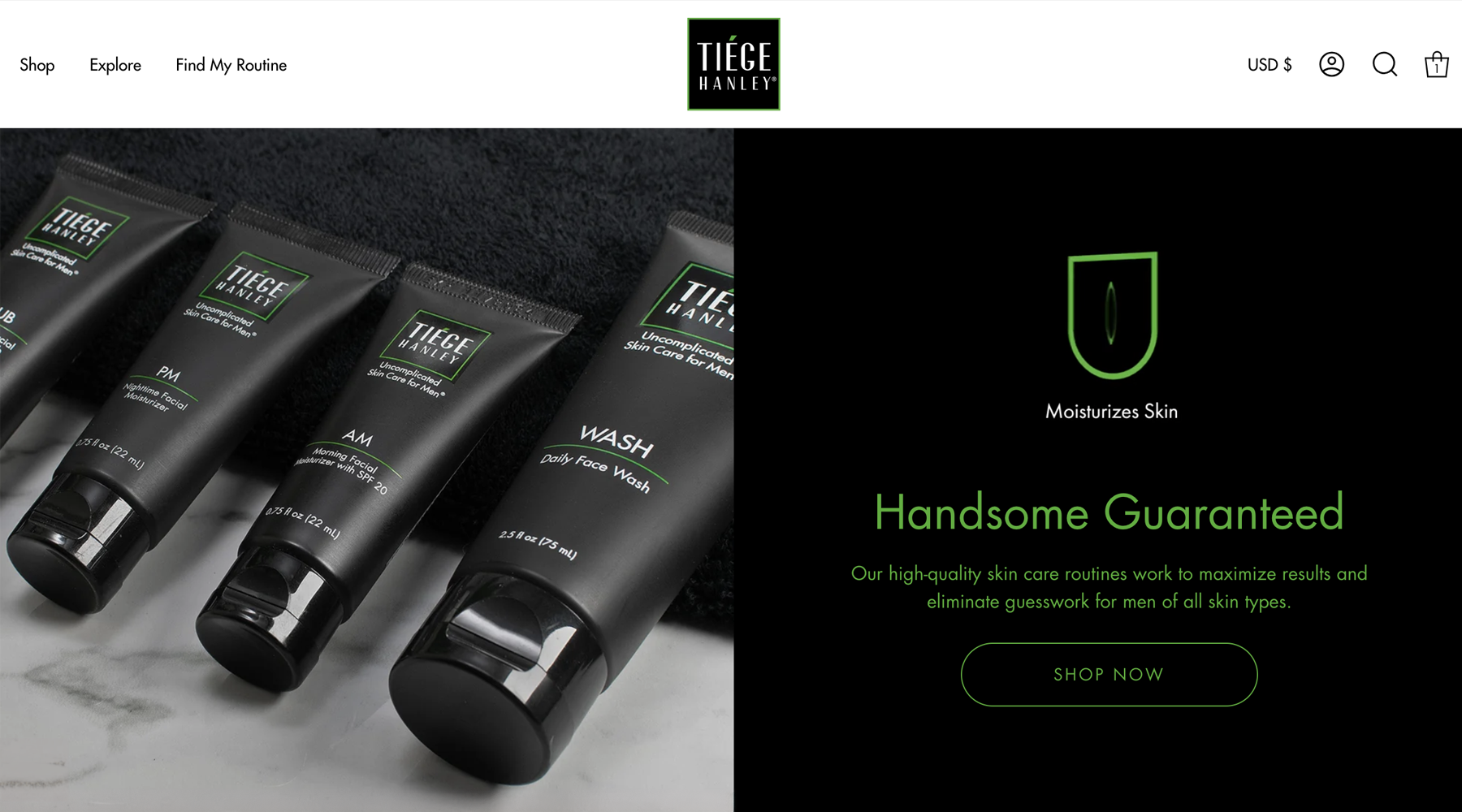Sunspots, age spots, liver spots—no matter which name they go by, all you know is that you want those flat, dark spots on your face gone. Caused by cumulative sun exposure over time, sunspots are, fortunately, harmless. The problem with these splotches is that they’re often grouped together, making them appear bigger and more noticeable. So, what can you do about them?
Here are three things all guys should know about sunspots on the face:
- Although sunspots can occur at any age, they are more common in guys who are fair-skinned and who have had a history of excessive sun exposure.
- Wearing sunscreen and taking good care of your skin is essential to preventing sunspots as you age.
- Chemical peels, dermabrasion and intense light treatments may help reduce or eliminate the appearance of sunspots.
Preventative Skin Care
While you can’t go back in time and erase the sun damage of your youth, you can prevent additional sunspots with the right skin care routine. A well-rounded skin care routine should include a men’s moisturizer with SPF to protect your skin from not only sunspots, but also premature aging.

Sunscreen is your best defense against sun-damaged skin and sunspots. In a 2016 study published in Clinical, Cosmetic and Investigational Dermatology, researchers found that regular use of sunscreen could improve the appearance of both sun-induced age spots and wrinkles (see claim: “an inhibitory effect on photoaging symptoms such as spots and skin color tone non-uniformity, by application of…sunscreen over a long period of time…”)
While sunscreen may get most of the credit for keeping skin healthy and youthful, don’t shrug off the importance of your other skin care products. A gentle exfoliating scrub can work wonders by improving uneven skin tone caused by dark spots.
GOT WRINKLES?Chemical Peels
Chemical peels are a popular skin care treatment for sunspots and other blemishes that make your skin tone appear uneven. In this noninvasive procedure, a chemical solution is applied to the face that speeds up the exfoliation process to reveal smooth, even-toned skin.
Depending on the severity of your sunspots, you may want to opt for a medium to high-grade chemical peel. Medium-grade peels which utilize trichloroacetic acid have been shown to be an effective treatment of sunspots. In a 2007 study published in European Journal of Dermatology, researchers concluded that medium-depth peels were more effective compared to cryosurgery at treating sunspots (see claim: “… treatment of the solar lentigines with a focal medium-depth chemical peel may be clinically superior to treatment with cryosurgery…”)
Dermabrasion
Dermabrasion is another exfoliating technique that has shown promise for the treatment of sunspots. In this procedure, a rotating disc attached to a wand is moved slowly over the skin, gently removing the top layer of the skin to smooth imperfections caused by sun damage.
Unlike microdermabrasion, which removes only dead skin cells, dermabrasion removes several layers of the skin. Although it’s generally considered a safe procedure, keep in mind that it will take between two and eight weeks for your skin to heal.
Intense Pulsed Light Treatment
Intense pulsed light (IPL) treatments are used to treat all sorts of cosmetic issues, including hair removal and skin pigmentation disorders. IPL is a form of light therapy which uses multiple wavelengths of light to penetrate the epidermis, drawing out melanocytes (the cells that produce pigment) and dispersing them more evenly.

If you have sensitive skin, IPL treatments may be the way to go. Because IPL passes through the epidermis to target the underlying layer, it typically produces fewer unwanted side effects compared to dermabrasion and chemical peels.
However, keep in mind that you’ll need multiple treatments to see any noticeable improvement. Even then, your sunspots may not completely disappear.
Take the skin care quizWatch for Changes in Your Sunspots
While sunspots on your face may not be ideal, there is one upside to them: it makes monitoring your sunspots for any changes easy. Just stick to your regular skin care routine, remembering to check for itching, bleeding and any changes in your sunspots’ size or color.
In most cases, these dark splotches are nothing serious and will only be removed for cosmetic reasons. However, if you do notice any changes to them, seek a dermatologist’s assessment immediately. They will take a biopsy of the skin and rule out the possibility of skin cancer.








